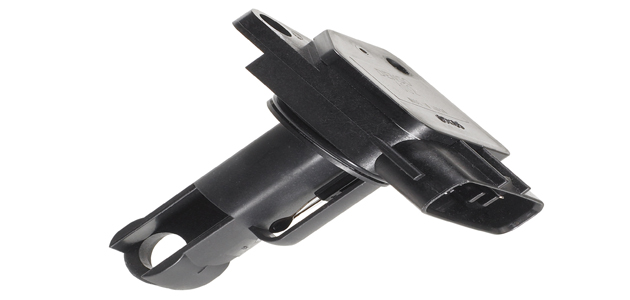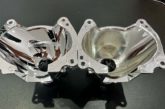
IGNITION COILS
Installation
1. Carefully place the replacement ignition coil into the plug hole of the cylinder head, orienting it the same way as the original sensor.
2. Connect the ignition coil to the spark plug by pushing gently but firmly on top of the unit.
3. Screw the bolt in place with the correct installation torque.
4. Plug the wiring harness back in place and then push the wiring into the correct clip.
Top tip: Be mindful when connecting the ignition coil to the spark plug. Misalignment could damage the spark plug.
Fault finding
Check the basics:
■ Make sure all connections are good;
■ Look for obvious problems like corrosion;
■ Make sure the charging system is normal.
A weak charging system reduces the voltage to the primary side of the coil, which then prevents the induction of a powerful secondary current;
■ If a coil is suspect, you may be able to swap it with another coil on the same engine to see if the misfire follows the suspected bad coil. If the misfire moves with the suspected coil, the unit is bad. If the misfire stays at the same cylinder, there may be a problem with the voltage supply or trigger signal to that cylinder.
If you identify a defective coil, try to determine what caused the coil failure otherwise the replacement unit will be doomed to failure, just like the original coil. Internal current leak can lead to:
a) Misfire at cold or hot conditions;
b) Engine light on;
c) Uneven engine running.
MASS AIR FLOW SENSORS
Installation
1. Carefully place the replacement mass air flow sensor into the intake tube, orienting it the same way as the original sensor.
2. Screw it in place.
3. Plug the wiring harness back in place and then push the wiring into the clip on the air
box.
Top tip: Be mindful that the mass air flow sensor is a delicate piece of hardware, and can be damaged when you attach it to the air box.
Fault finding
The Mass Air Flow Sensor could get contaminated or damaged. Often this happens when a bad or improperly installed air filter allows some unfiltered air into the engine or when the oil from an oil-soaked air filter contaminates the sensor. A problem with the Mass Air Flow Sensor will cause the “check engine” light to come on.
Symptoms include:
■ Stalling (especially when the engine is cold);
■ Misfiring;
■ Poor acceleration;
■ Contamination of the Mass Air Flow Sensor’s ‘hot wire’ can lead to the engine light switching on. Initially this can be compensated by the oxygen sensor.









